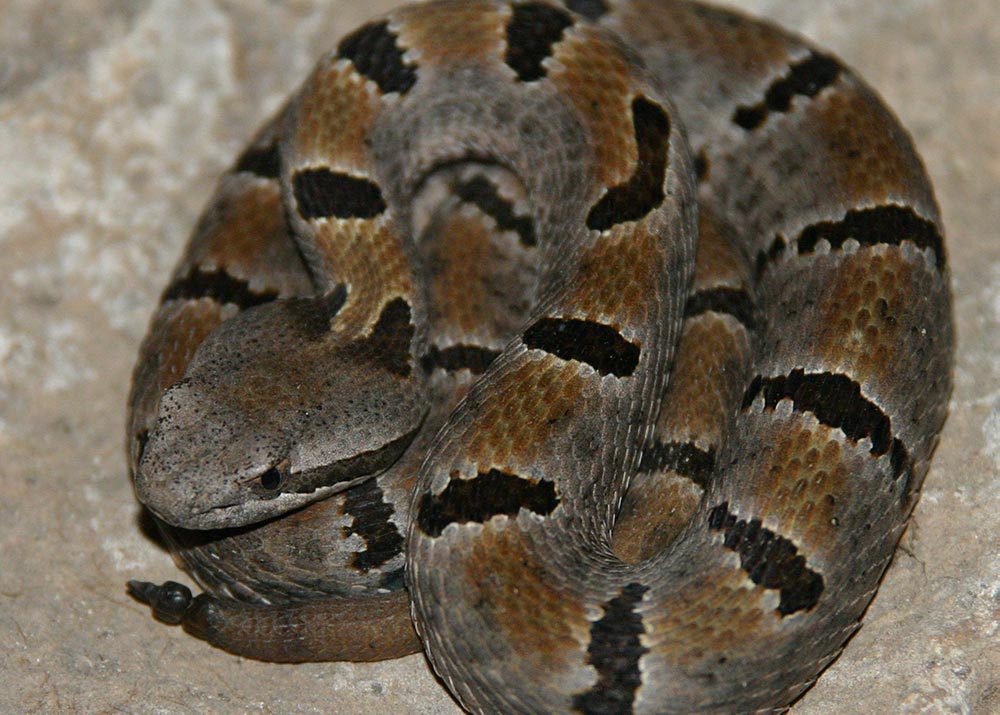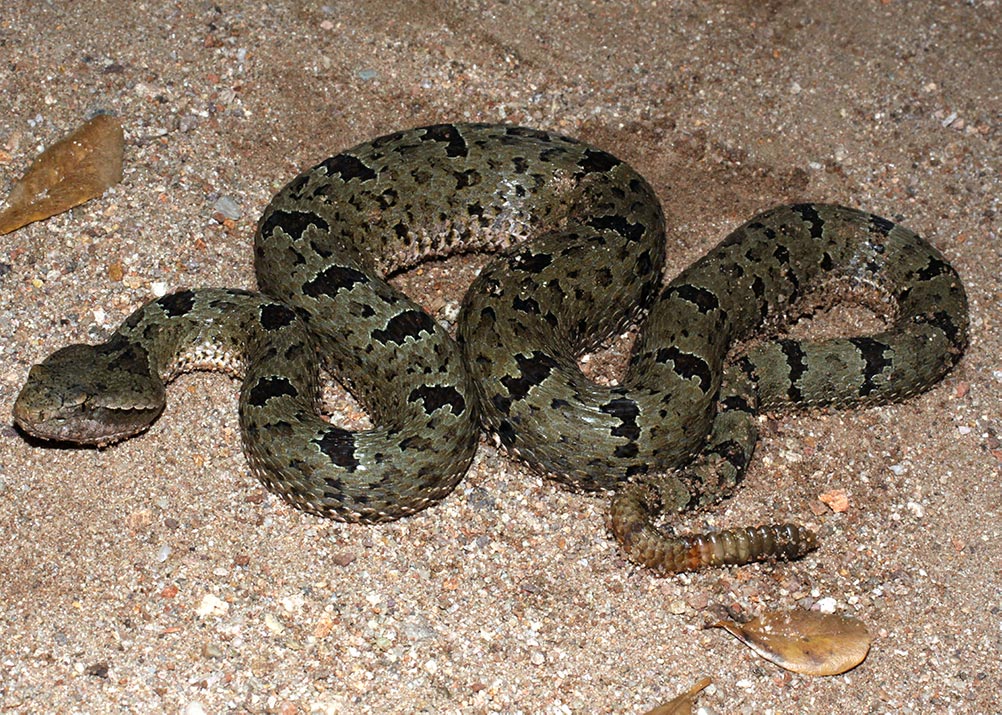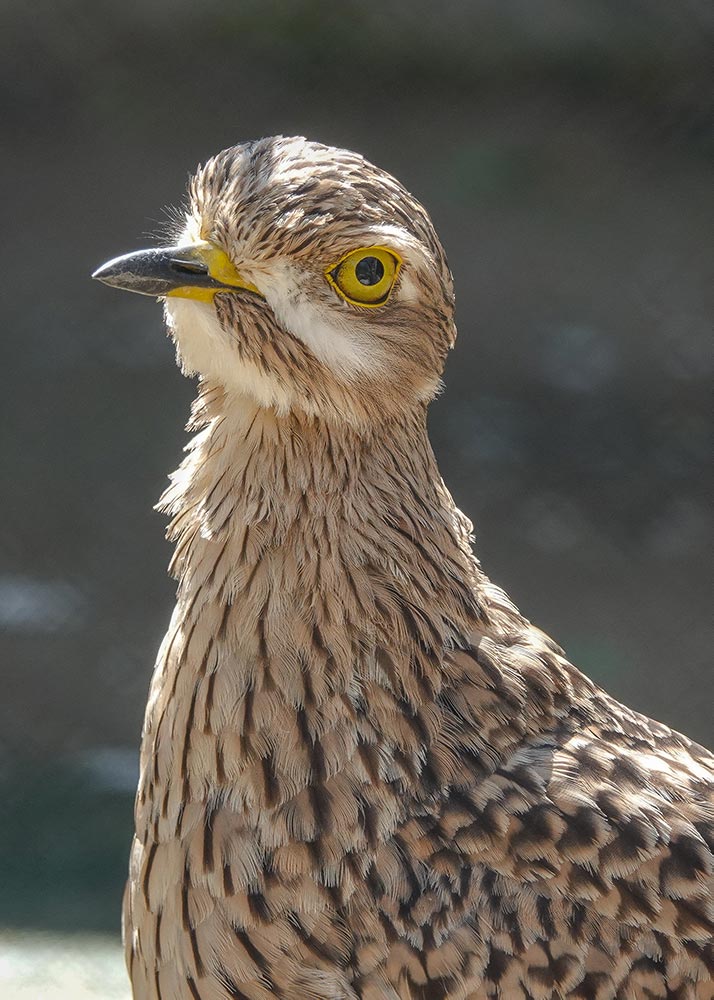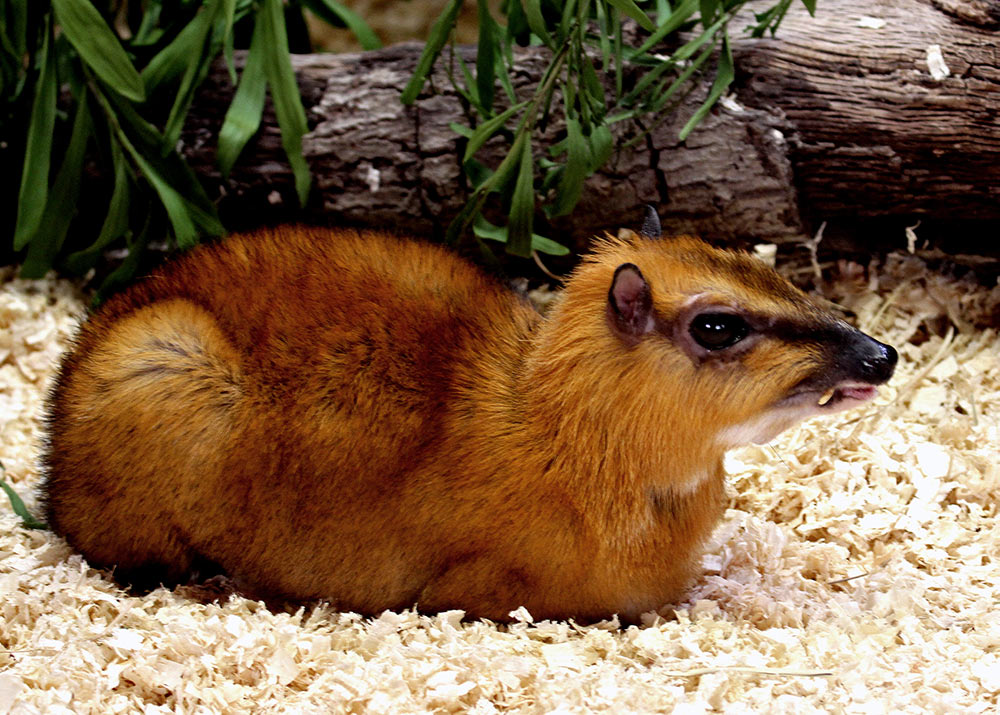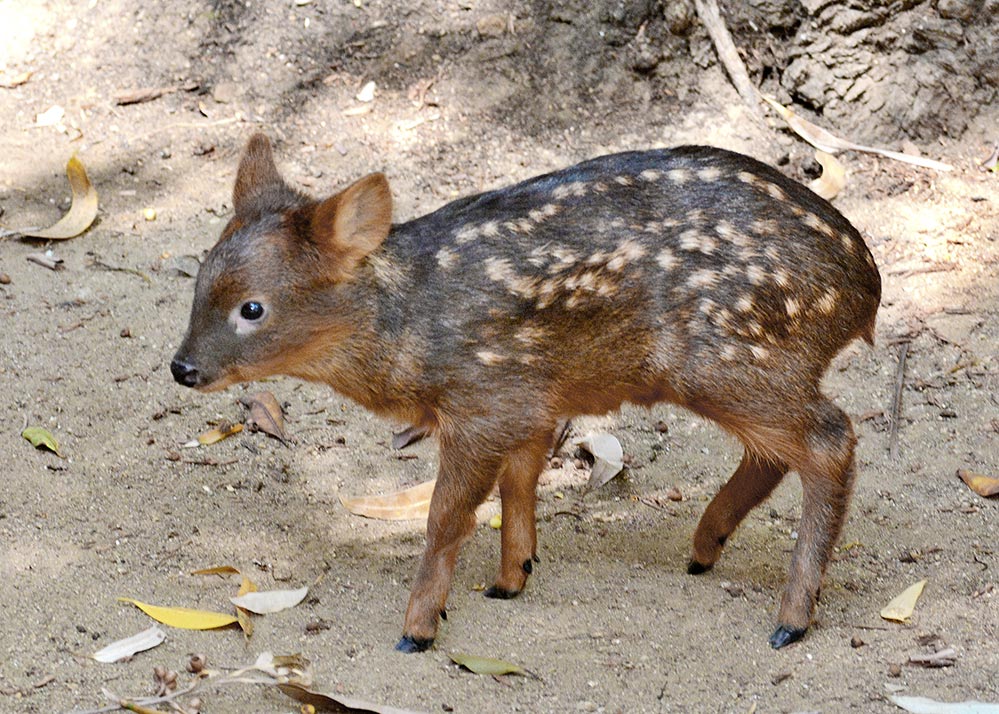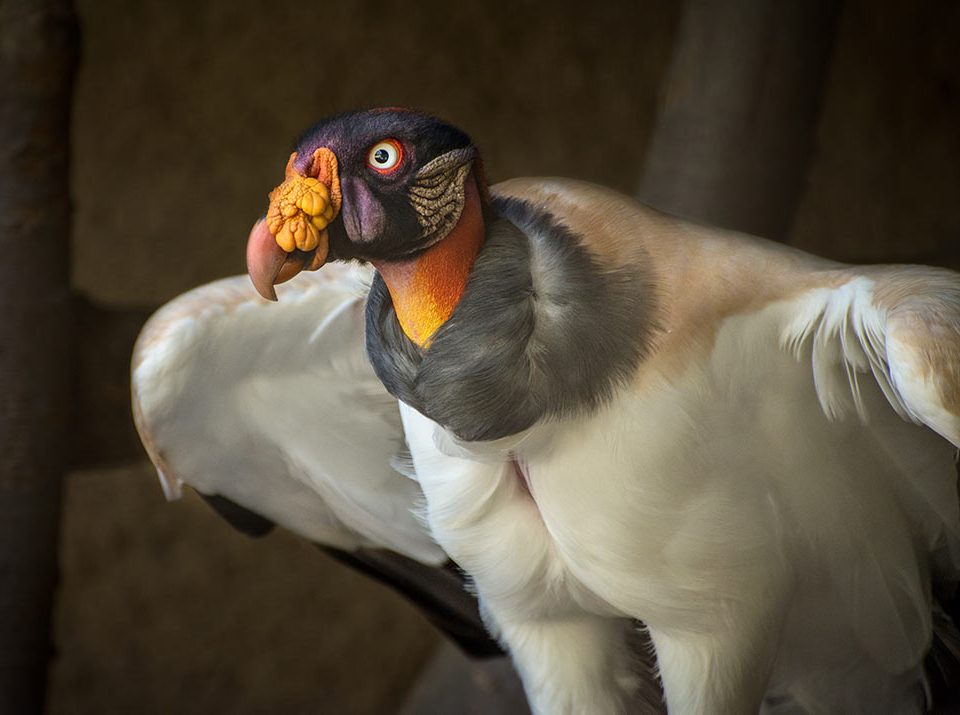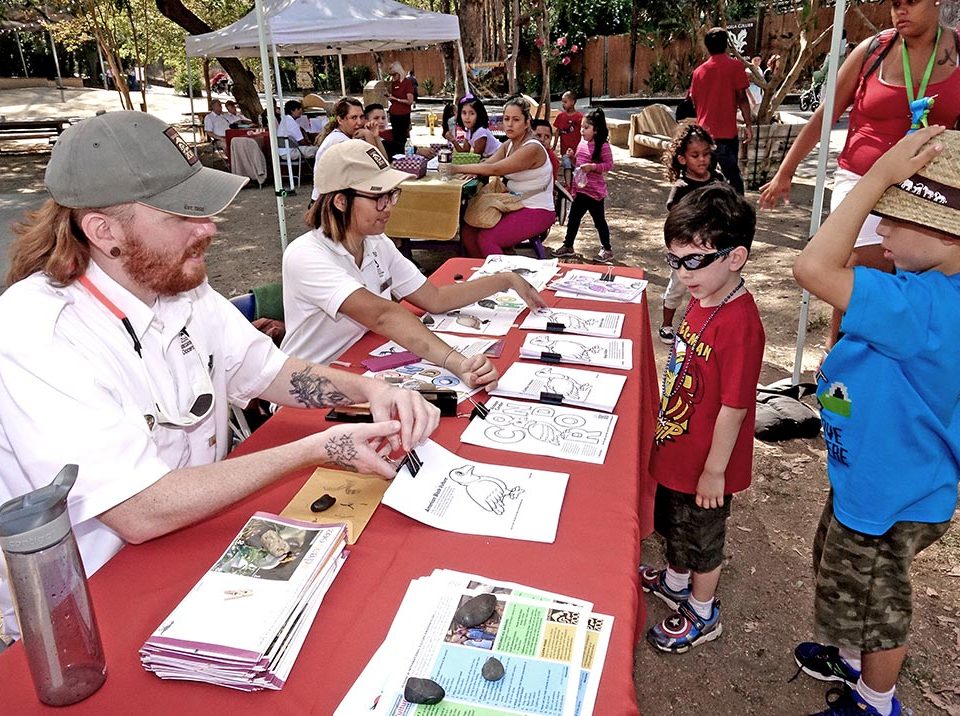New in the Zoo

Won’t You Join Us?
August 28, 2018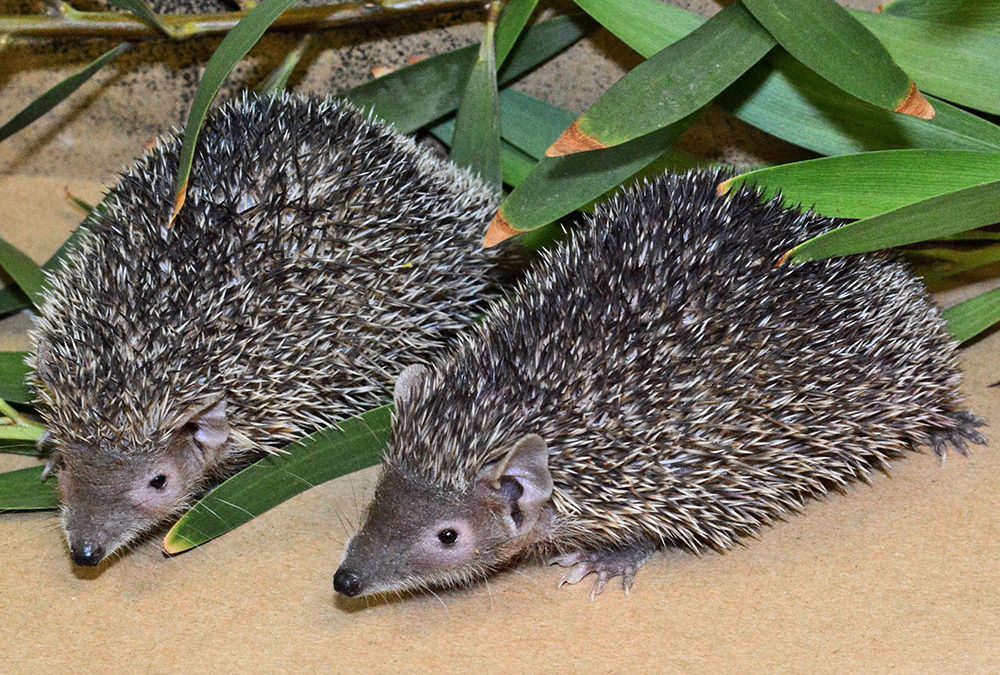
Tenrecs are native to Madagascar. Photo by Tad Motoyama
A four-month-old American badger arrived from the Idaho Department of Fish and Game. This animal was removed from the wild by someone who wanted to make him a pet, which is illegal. Many young animals naturally identify and bond with their parents in order to learn survival skills—a process called “imprinting.” One of the difficulties that comes with humans raising wild animals is that once the baby accepts a human as a parent, it is difficult for them to return to their own kind. Since this animal is now imprinted on humans, he is non-releasable and will need to get acquinted with his new caretakers before he joins our ambassador program.
Also destined for the ambassador program are two lesser Madagascar hedgehog tenrecs. These small, robust mammals are endemic to Madagascar where they are found in subtropical or tropical dry forests, dry savanna, subtropical or tropical dry shrubland, and subtropical or tropical dry lowland grassland. They have become popular in the exotic pet trade, but are not legal to keep in most states. Like the badger, the tenrecs and their keepers need to get to know each other before they will be ready to meet people in early September.
Other new arrivals include three Durango rock rattlesnakes and two Tamaulipan rock rattlesnakes. Rock rattlesnakes are some of the most beautiful of their kind. They vary tremendously in color forms, often matching the rocky terrain of their local habitat. These two subspecies (as you might guess by their common names) originate in different regions of Mexico. You can find rock rattlesnakes in the Desert LAIR.
Another Cape thick-knee (also known as spotted thick-knee) chick hatched and is with its parents in the exhibit they share with the weaver birds in the North America section across from Gorilla Grill.
Three of the smallest hoofstock (hoofed animals) species at the Zoo produced babies: a Malayan chevrotain, a southern pudu, and a red-flanked duiker. Weighing roughly 25 pounds, the pudu is the world’s smallest deer and inhabits the temperate rainforests of Chile and Argentina. The chevrotain is not much larger and is found in similar habitat in Asia. Duikers are antelope, and the red-flanked duiker is found in savannas where dense vegetation is available for cover—the word “duiker” is Afrikans for “diver” because these small antelope dive for cover when alarmed. All three of these hooftsock species have similar adaptations for moving through brush—smooth rounded bodies and short, sleek fur. Male pudu and red-flanked duikers (and sometimes the females) have antlers that are short, spiky, and backward-pointing to avoid getting tangled in dense brush. Instead of horns or antlers, chevrotains have long fang-like canine teeth. Males use them to spar for mating privileges during breeding season.


